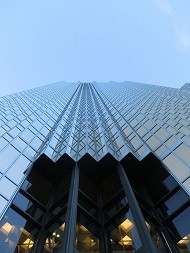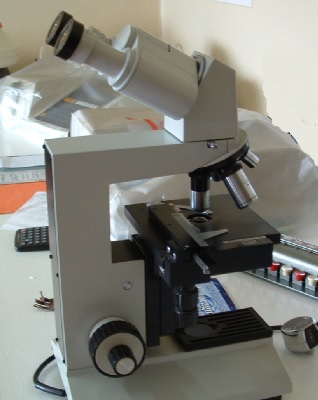Denny |
February 25, 2014
AR is the next step that the major Canadian bank is doing to compete within its market.
Royal Bank is updating its mobile application to help to incorporate a number of new state of the art features to appeal to customers who enjoy location based mobile services, but with a unique twist in the form of an augmented reality app element.
All a user needs to do is to open the map in the application and the AR feature will display the results of the query.
The augmented reality app is meant to help to make it easier for customers to be able to find the nearest Royal Bank (RBC) ATM or bank branch. The AR function provides a live streetscape that uses icons to guide the customer to the nearest location, including the distance to get there. The key to this update is to make the location feature easier and more convenient for the customer to use.
The bank’s augmented reality app is only the latest in its many smartphone friendly options.
According to the head of the emerging payments division at RBC, Jeremy Bornstein, “Making continuous improvements to our mobile app to allow our customers a smooth user experience is a priority for us.” The tool that allows customers to locate branches and ATMs is among the most commonly used in the existing mobile app from the bank, he added.
The bank believes that by combining this popular feature with a live street view that incorporates various location based elements, it has enhanced the usability and effectiveness of this tool in a very practical and appealing way.
In order to use the augmented reality feature, the latest version of the mobile app is required. The “Find a Location” function needs to be opened and the icon the icon can be tapped to turn the smartphone’s camera feature on . The application then links the compass in the device with the live image and its location based service with the RBC location database in order to guide the customer to the nearest branch or ATM location.
That location is presented on the screen and then the augmented reality app provides on screen directions to bring the customer from his or her present location to that of the desired ATM or branch.
Google Glass helped to enhance the way that a surgeon can perform various procedures.
Two surgeons from the Indiana University Health Methodist Hospital have started using wearable technology in the form of Google’s augmented reality glasses to be able to boost their ability to make appropriate surgical decisions.
These doctors use the wearable tech’s voice control to access the information that they require, when they need it.
The two physicians, Dr. Szotek and Dr. Browne, became the first in the hospital to start using the augmented reality glasses during abdominal surgeries. They now each wear Glass during this procedure, which typically lasts around four hours. With them, they can access medical information – including records specific to the patient – as they remove tumors.
The augmented reality glasses can provide X-ray and MRI data on its floating display.
This information can all be shown by the wearable technology without getting in the way of the surgeon’s line of sight for the actual surgery itself. As it is commanded by the surgeon’s voice, there is no need to take hands away from where they are most needed and without upsetting the operating room’s sterile environment.
That said, this is only believed to be the start of the uses for Google Glass for these surgeons. They believe that these mobile devices will be more broadly helpful in the medical field as a whole. While other surgeons have used the gadgets’ point of view video streaming in order to educate themselves and have provided students with a live insight into every different phase of a surgery, Dr. Szotek sees this tech going further. He hopes to be able to use biological tracers so that his AR glasses will be able to actually differentiate between healthy tissue and the tumor, itself.
He stated that being able to automatically differentiate between these two tissues “could revolutionize the field of cancer surgery”. This would help to make certain that the tissue could be more completely removed while leaving the maximum amount of healthy tissue behind.
It could also be beneficial for emergency first responders to wear augmented reality glasses so that they would be better capable of handling unusual types of accident or medical condition, and to be able to provide them with accurate remote instructions.



